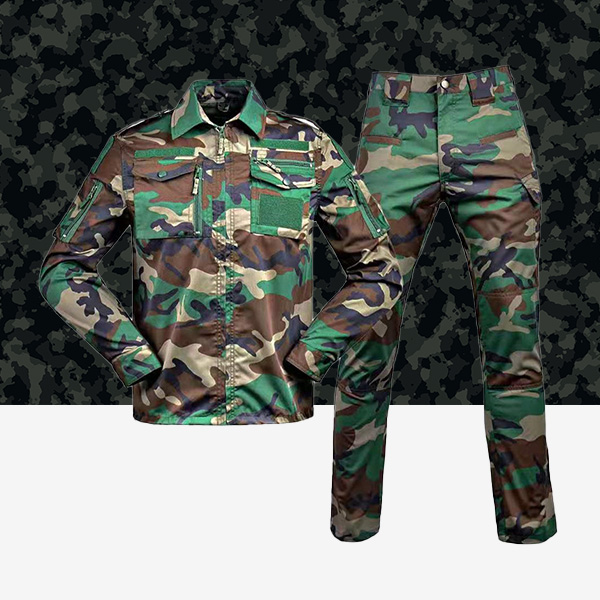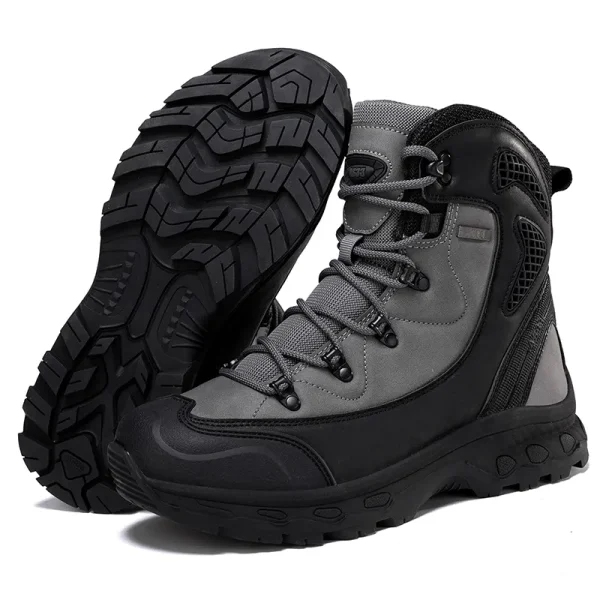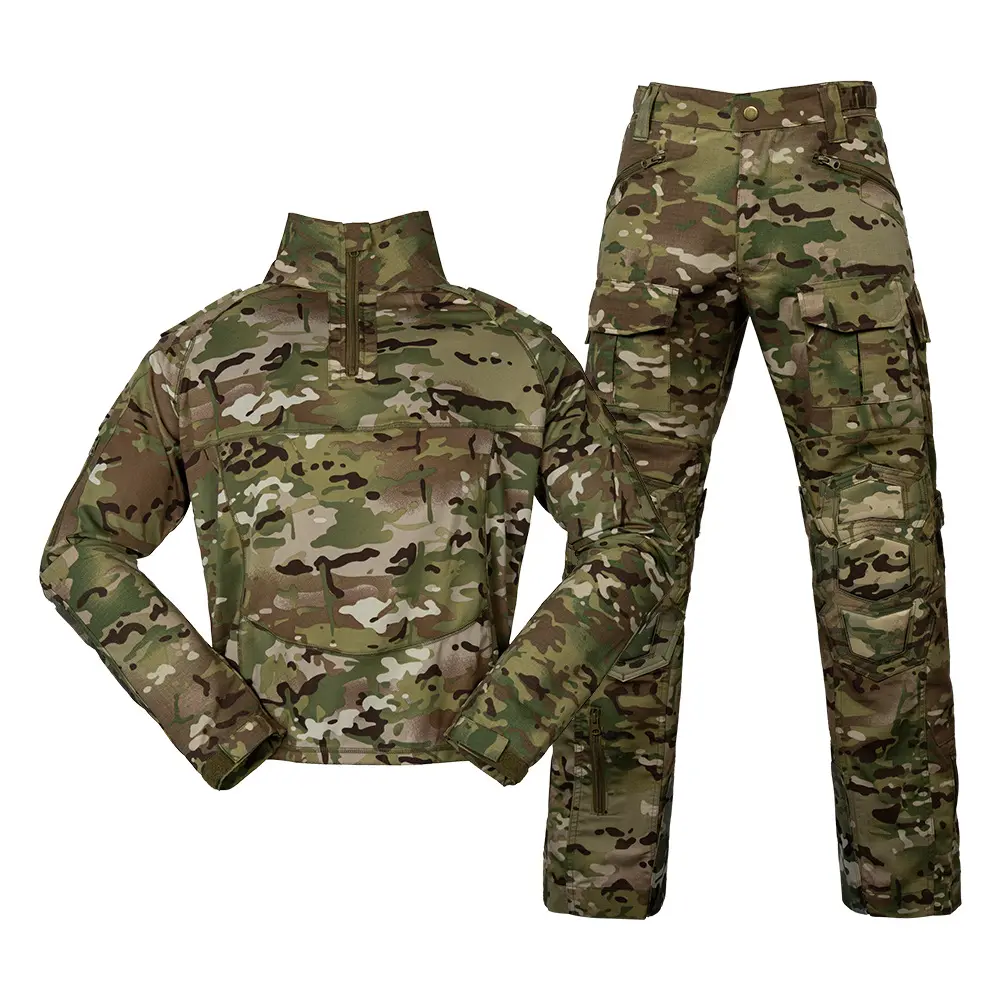
Economic Factors Affecting Military Uniform Supply Costs
Inflation and Raw Material Price Volatility
In 2025, the world economy keeps seeing prices for things like cotton, polyester, nylon, and Kevlar go up and down. These shifts directly impact the base cost of uniform production. A sudden rise in oil prices can cause synthetic fiber costs to spike by as much as 15-20%, affecting overall pricing structures.
Labor Market Dynamics and Wage Trends
In places like China, where making stuff is a big deal, workers’ pay is going up. When skilled folks get more expensive because of higher minimum wages or just not enough of them, companies have to pick: cover the extra cost themselves or charge customers more. Some suppliers figure out how to keep their work top-notch by making their production smoother and being really clever about how they handle things.
Global Supply Chain Disruptions
Stuff like crowded ports or political drama can totally mess up supply chains, leading to late shipments and super high shipping costs. Take something simple like zippers or Velcro— if those get held up, it can stop whole production lines. This is a big deal for things like tactical military vests or bulletproof helmets, which need a bunch of parts from all over the world.
Environmental and Sustainability Considerations
Eco-Friendly Materials and Their Pricing Impact
Using things like cotton or recycled polyester costs more at the start, but it’s a lot better for the planet. Something that’s becoming a big deal for buyers in the West. The prices for these eco materials can be pretty steep, often 10 to 30 percent higher than what you’d pay for regular materials. On the other hand, they might make you eligible for some incentives related to green purchasing.
Waste Reduction Strategies in Production
In factories, the aim is to cut down on waste as much as possible. To do this, they’ve started using manufacturing principles. One key part of this is making sure the pattern layouts are as efficient as possible, which helps reduce the amount of fabric that gets wasted. Some factories are even using cutting machines, which can be a big help. Course setting up these new systems can be expensive at first, but in the long run, they really pay off by reducing all the extra expenses that add up over time.
Certifications and Sustainable Sourcing Costs
To get certified by something like the Global Organic Textile Standard or GOTS, companies have to go through an audit every year. This can be a hassle, but it’s worth it. When companies are bidding on big international contracts that care about being eco friendly, having a certification, like this, can give them a real leg up.
Regional Variations in Military Uniform Supply Pricing
Differences Between Domestic and International Suppliers
Local suppliers have to deal with labor costs, but they can get products to customers faster. On the other hand, companies like Guangzhou Jingming Trading can offer lower prices because they produce so much. This company is really big. It can make twenty million sets in a year.
Logistics, Tariffs, and Import/Export Regulations
The cost of shipping really depends on where you’re sending something. When countries are in the middle of a trade war, the tariffs they impose can drive up prices in various ways. Take exporting gear from China as an example. The duties can be all over the place, depending on how the two countries are getting along at the time the deal is struck. It’s not always easy to predict what those costs will be.
Currency Exchange Rates and Their Influence on Costs
Changes in the USD/CNY rate can have an impact on prices. This is especially true for contracts that cover quarters and don’t have a fixed exchange rate included. Without this protection, prices can swing wildly, making it tough to anticipate costs.
Key Components of Military Uniform Supply in 2025
Materials and Fabric Selection
The key to a military uniform starts with the fabric it’s made of. These days fabrics need to be tough, breathable and practical for use. One type of fabric that’s still really popular is ripstop. It’s resistant to tears and super lightweight. If you look at the Jingming Tactical Uniforms website, you’ll see that their BDU and ACU styles are often made from a mix of polyester and cotton that’s both comfortable and able to withstand conditions. This blend is a favorite because it checks all the boxes; it’s got the strength of polyester and the breath ability of cotton, making it perfect for uniforms that need to keep up with soldiers in demanding situations.
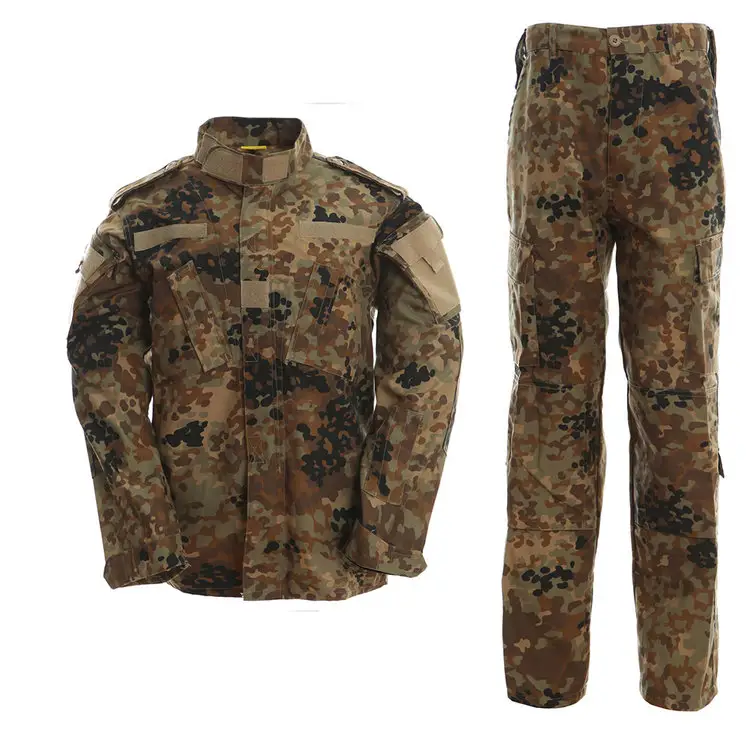
Some specialized uniforms, like the G9 Frog Suit, are made for tactical operations. These suits often have features, like moisture-wicking technology to keep the wearer comfortable and flame retardant materials to provide an extra layer of protection.
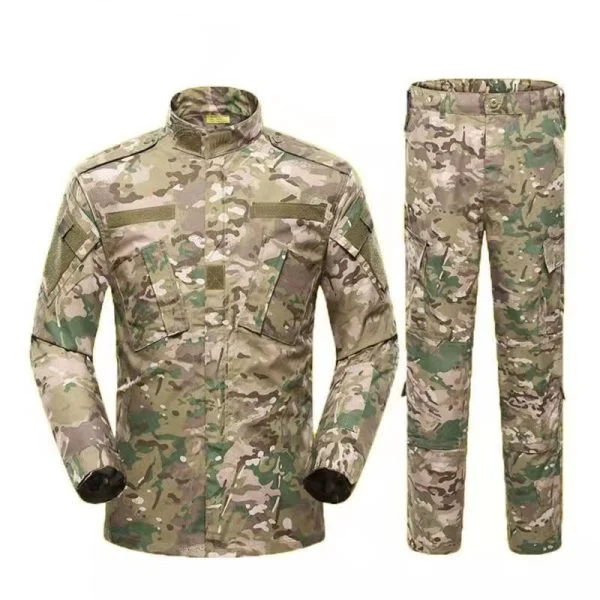
Manufacturing and Production Processes
Making uniforms is a painstaking process that demands attention to detail at every turn. From the moment fabric is cut the stitch precision is key. Guangzhou Jingming Trading Co., Ltd. has a factory that spans over 6,800 square meters, where more than 200 skilled workers are busy ensuring that orders are filled quickly and reliably. With a setup like this, the company can handle orders without sacrificing quality. A crucial factor when producing thousands of uniforms that need to be identical.
Automation is playing a role in the early stages of production like cutting fabric and matching patterns. This cuts down on mess-ups and gets orders shipped out quicker, which really matters when you’re dealing with folks like government groups or companies from other countries.
FAQ
Q: What is included in the cost of military uniform supply?
A: Costs cover materials like fabric and finishing details, plus labor for cutting, sewing, and quality checks. Shipping abroad and R&D for advanced fabrics can also add expenses.
Q: Why are military uniform supply prices expected to change in 2025?
A: Rising material costs, new technologies like sensors, and manufacturing pressures in countries such as China are pushing prices higher. These factors combine to cause steady yearly increases.
Q: How do government policies influence military uniform supply review outcomes?
A: Defense budgets affect order volumes, while import/export rules impact tariffs. Environmental regulations also encourage eco-friendly materials, raising costs initially but improving long-term reputation.
Q: Are sustainable uniforms more expensive than traditional ones?
A: Sustainable uniforms can cost 10–30% more, depending on certifications and material sources. However, they offer procurement advantages and long-term brand value.


